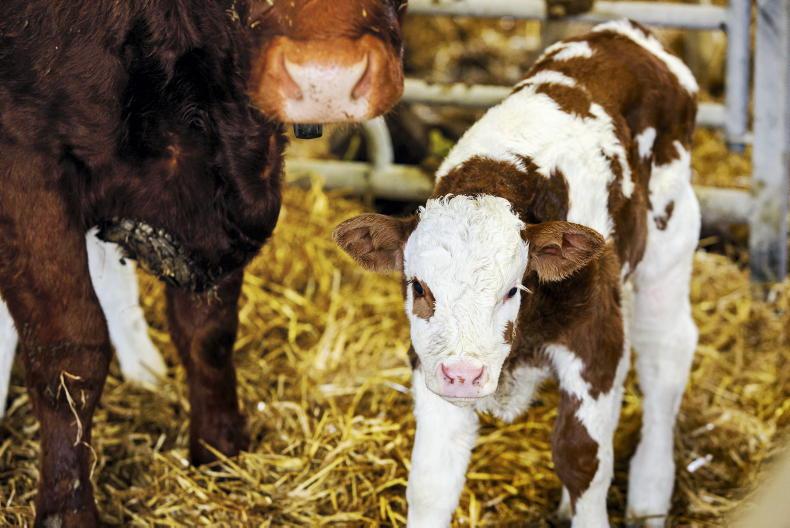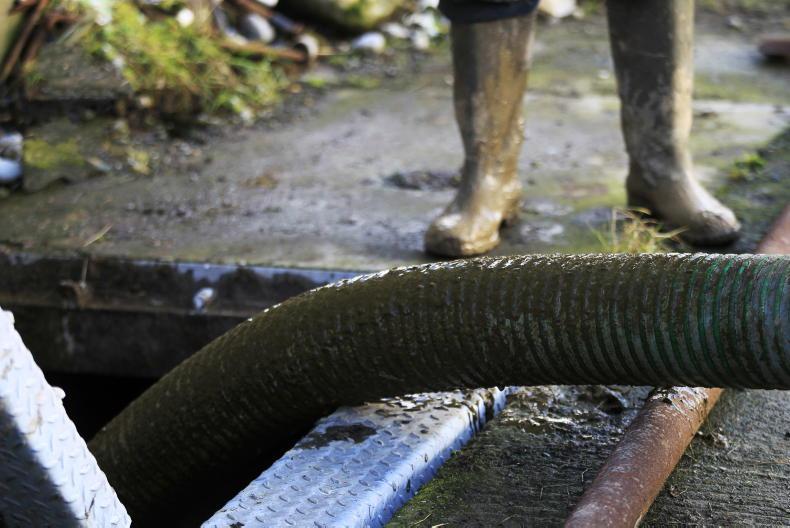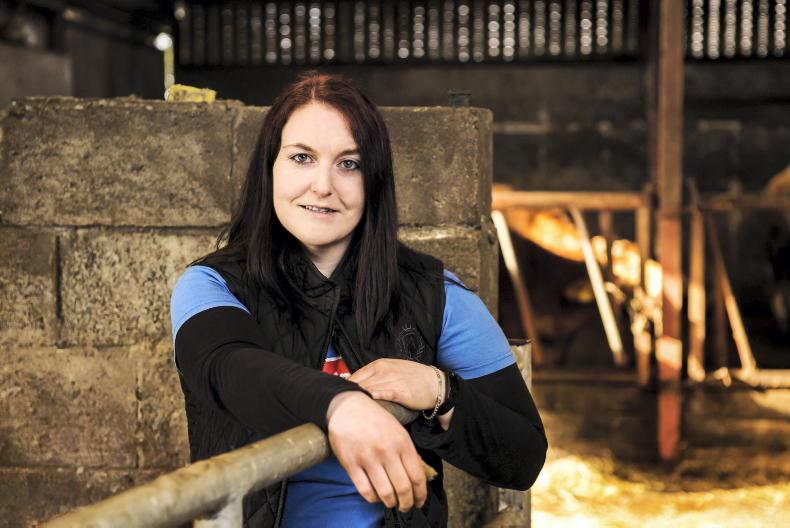Autumn calving on suckler farms will be moving into top gear during September and as the latest crop of calves hits the ground, outlined are some management tasks to tick off the list.
1. Dehorning calves
The longer dehorning is the delayed, the greater the stress placed on calves once the task is finally carried out.
Therefore, dehorn calves as soon as you can feel the buds rising on the calf’s head. This can be as early as two to four weeks old.
Make sure calves are properly restrained in a purpose-made crate or headlock. Administer an anesthetic to freeze the nerves around the horn, thereby reducing stress on the calf.
The dehorning iron should always be piping hot and sharp on every use. Cauterise the open wound after disbudding and use an antiseptic spray to finish the job.
2. Respiratory vaccines
On farms with a history of respiratory problems in autumn calves, consider vaccinating young animals against respiratory diseases.
When combined with high levels of herd management, excellent shed hygiene and a good flow of clean air in housing, this will reduce problems with pneumonia over winter.
3. Priority grazing
Freshly calved cows have a big demand for energy in their diet to meet general maintenance, produce milk and come back in heat.
Therefore, where possible, give autumn-calving cows access to good-quality grass in September to increase energy intakes.
4. Offer cows meal to drive milk
While priority grazing is good practice, as the month progresses, grass quality will start to decline. Also, in wet spells, grass dry matter is low and cows will struggle to get enough energy from forage.
Feeding 1kg to 2kg/day of meal on a per-cow basis will help supply energy to maintain body condition, drive milk production and bring cows back into heat.
5. Tetany prevention
Autumn grass can be lush, low in fibre and low in dry matter. Combined with variable weather, freshly calved cows are at an increased risk of developing grass tetany.
Magnesium can be supplied via meal fed to cows daily. But an additional form of magnesium supplementation is recommended, be that a bolus, lick bucket or in water troughs.
Also, tetany risks are reduced by avoiding swards that received slurry or a high potash fertiliser in late summer.
Read more
Slurry window following second cut silage
Factories look set to scramble for cattle
Autumn calving on suckler farms will be moving into top gear during September and as the latest crop of calves hits the ground, outlined are some management tasks to tick off the list.
1. Dehorning calves
The longer dehorning is the delayed, the greater the stress placed on calves once the task is finally carried out.
Therefore, dehorn calves as soon as you can feel the buds rising on the calf’s head. This can be as early as two to four weeks old.
Make sure calves are properly restrained in a purpose-made crate or headlock. Administer an anesthetic to freeze the nerves around the horn, thereby reducing stress on the calf.
The dehorning iron should always be piping hot and sharp on every use. Cauterise the open wound after disbudding and use an antiseptic spray to finish the job.
2. Respiratory vaccines
On farms with a history of respiratory problems in autumn calves, consider vaccinating young animals against respiratory diseases.
When combined with high levels of herd management, excellent shed hygiene and a good flow of clean air in housing, this will reduce problems with pneumonia over winter.
3. Priority grazing
Freshly calved cows have a big demand for energy in their diet to meet general maintenance, produce milk and come back in heat.
Therefore, where possible, give autumn-calving cows access to good-quality grass in September to increase energy intakes.
4. Offer cows meal to drive milk
While priority grazing is good practice, as the month progresses, grass quality will start to decline. Also, in wet spells, grass dry matter is low and cows will struggle to get enough energy from forage.
Feeding 1kg to 2kg/day of meal on a per-cow basis will help supply energy to maintain body condition, drive milk production and bring cows back into heat.
5. Tetany prevention
Autumn grass can be lush, low in fibre and low in dry matter. Combined with variable weather, freshly calved cows are at an increased risk of developing grass tetany.
Magnesium can be supplied via meal fed to cows daily. But an additional form of magnesium supplementation is recommended, be that a bolus, lick bucket or in water troughs.
Also, tetany risks are reduced by avoiding swards that received slurry or a high potash fertiliser in late summer.
Read more
Slurry window following second cut silage
Factories look set to scramble for cattle









SHARING OPTIONS